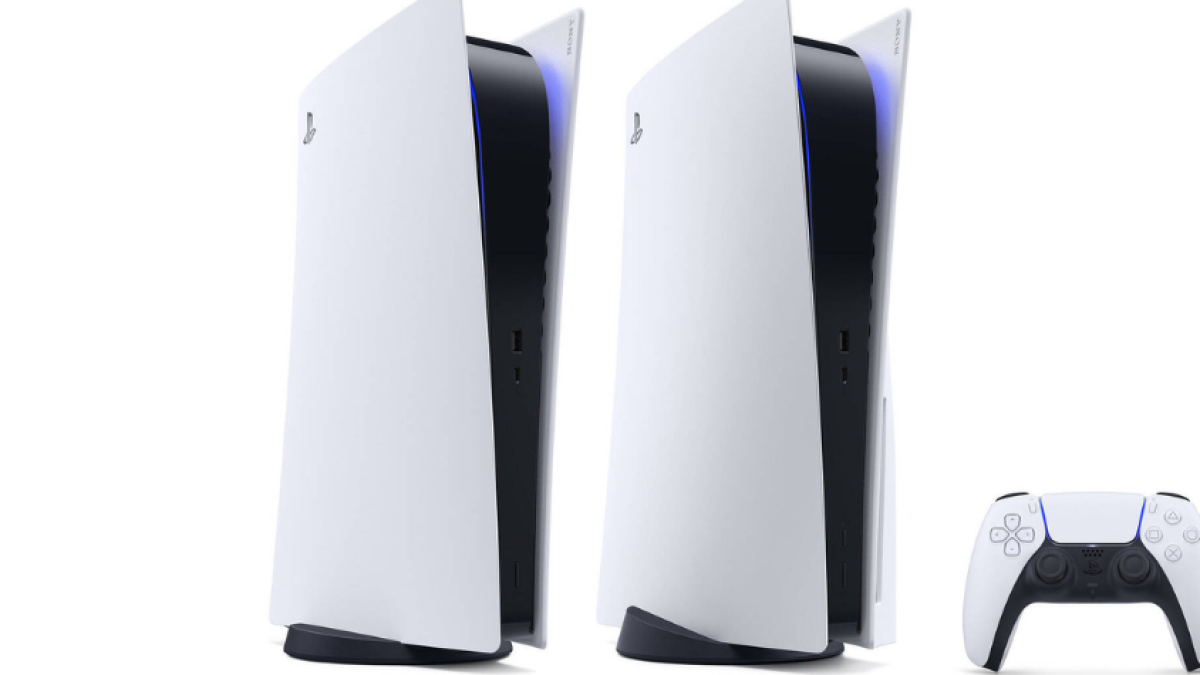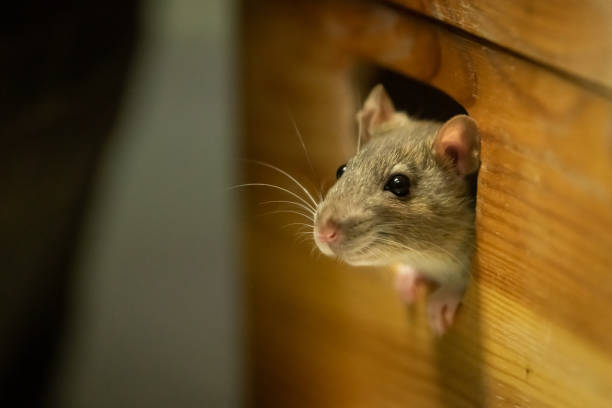If you are a resident of New Zealand, you are already aware that there are certain household pests that you must live with in this country. You may see all, a few or many on the list we will set out in this article. Do you know what the top household pests are? More importantly, do you know how to deal with these household pests? Pests do not belong in your home, and you should not have to “put up” with them when there are many affordable pest control products available to deal with common household pest problems. The starting point is to identify the type of pest that is invading your home and then to find an affordable and suitable solution that will eliminate that pest.
The Most Common Household Pests
There are many household pests in this country, but the most common ones found in New Zealand are:
- Flies
- Wasps
- Ants
- Cockroaches
- Termites
- Rats
- Mice
- Bed Bugs
- Mosquitoes
- Spiders
- Moths
Some of these pests are harmless, but they all are unwelcome guests in a home. The main thing to do when you notice that you have an unwelcome guest is to deal with it quickly before you find yourself with an infestation on your hands.
What can Pests do to Your Home?
Each type of pest can cause a different problem in your home:
- Flies have as much as thirty-three million microorganisms in their gut and a half a billion more on their legs and body. Flies easily spread disease because they move from garbage to feces and onto food preparation surfaces. The common house fly may carry over one hundred pathogens including cholera, e. coli, typhoid fever, dysentery, hepatitis, polio, infantile diarrhea, salmonella, staphylococcus and shigella. For every fly that you can see there are fifteen more that you do not see. If you believe you have a fly infestation, it is important to identify and food sources and eliminate them and locate the place where the flies may be reproducing.
- Bed bugs can be carried in on luggage if you have been away on a trip. These insects wait until you are in bed sleeping and then they bite crawl on your skin and bite you. Once you have a bed bug infestation, it can be a real problem to eliminate these pests, so you need to attack them as soon as you discover them. Bed bugs can be found on your bed frame in the cracks or crevices or on the seams of your mattress. You may inadvertently carry them in on your luggage if you travel often.
- Mice leave urine trails as they scurry around your home and their droppings can contain deadly diseases that can cause you to become quite ill. Mice can get into food items that are stored and quickly make a big mess. Once mice find a food source they will nest and multiply and you will soon have a large amount of mice to deal with. If you see one mouse it is a sure bet that you have many more, even hundreds. A mouse infestation can cause some serious problems, particularly if you have livestock with food stored for that livestock.
- Some spiders are very poisonous and can bite you. This may occur while you are sleeping so you do not know until you notice a large red swollen lump on your skin. Spiders do not often choose to inhabit a house, but they do like to be dark and moist and may start to invade your home when the environment is ideal. Spiders do have some benefits, but they can be a real problem too. Spiders tend to make webs in corners of dark spaces.
- Rats can chew wiring inside of your home and carry various infectious diseases. Rats can chew their way through solid materials to get into your home. It may seem unbelievable, but rats can chew through concrete. A rat’s teeth continually grow throughout their lifetime, and they need to constantly gnaw on things to keep their teeth in check. Rats carry diseases and can make humans extremely sick. If you notice rats, you need to find the location where they are nesting and take care of it quickly. If you allow rats to continue unabated, the problem can become exceptionally large and soon be out of control.
- Mosquitoes can carry a wide range of deadly diseases including encephalitis, malaria and yellow fever. Mosquitoes will multiply quickly if you provide a standing water source where their larvae can develop and grow to adulthood. Only female mosquitoes bite and the reason is that they need blood for a protein source to nurture their eggs. As the mosquito bites, it injects chemicals into the blood to prevent it from clotting. This saliva creates a release of histamine which can create an allergic reaction and causes an itch.
- Wasps build large nests in trees, underground, in attic spaces, and in your eaves. Wasp’s sting and can become quite aggressive during certain times of the year. If you are allergic to wasp stings, a wasp nest can post a serious hazard for you. Wasps will begin their infestation by starting a small nest and creating a colony where young are raised and increase the size of the infestation. Wasps can sting multiple times without dying like bees do because their stinger does not rip out and gut them.
- Cockroaches carry diseases and can quickly reproduce, creating a massive infestation in just a few short weeks. You may not even know that they are around because they are quite elusive, hiding under appliances and furniture and coming out only when it is dark and quiet in your home. Cockroaches can cause allergies and disease. They tend to crawl over food preparation areas and transfer disease causing germs to humans such as salmonella, diarrhea, nausea and upset stomach. Cockroaches’ feces contain a smelly oil that can create a bad odour in your home or business.
- Ants create large nests in homes and can do a similar type of damage as termites, just not as quickly. Ants are a nuisance when they infest your home. They can transmit disease and can cause damage to your home by chewing the wood structures, insulation and wiring. Some ants inflict painful stings which can cause headaches and cramps as a reaction to the ant venom.
- Moths feed on sap and nectar but their larvae feed on fabrics and foods that are stored. Females lay eggs on the food source and when the larvae hatch, they begin to consume that food source immediately. Meal moths live in facilities that process foods and in homes where foods are stored. Moth larvae tend to consume the collars and cuffs of clothing or get into the crevices of furniture that is upholstered as well as the carpet under a home furnishing. Moth larvae can spend as much as two months eating stored fabric and foods before they develop into a pupa and emerge in adult form after 10 days. After the adult emerges it begins to reproduce right away.
What can you do About Household Pests in New Zealand?
If you notice that you have a pest problem, it is time to deal with it because the longer that you ignore the problem, the larger the problem becomes. Many folks will call a pest control company to take care of their pest problems. This is a reasonable solution, but if you are on a tight budget, you may not want to spend a great deal of money on the elimination of your household guests (pests).
A more economical solution is to deal with your pest problem on your own with pest control products that you can purchase and have delivered to your home. Home pest control products are a way for you to eliminate the pest problem without putting out a lot of money that you cannot afford to. For each different type of pest there is a home-based solution that can eliminate the problem so that you do not have to deal with it.
Sources:
https://www.nature.com/articles/s41598-017-16353-x
https://www.healthywa.wa.gov.au/Articles/J_M/Mosquito-borne-diseases-overseas

“Beer enthusiast. Subtly charming alcohol junkie. Wannabe internet buff. Typical pop culture lover.”

/cloudfront-us-east-1.images.arcpublishing.com/eluniverso/YFBMOB6RIFBJ7EVX7F4FOQMQPA.jpg)

:quality(85)/cloudfront-us-east-1.images.arcpublishing.com/infobae/YB64VL2YN5E5BFTHJIG4M7QUUE.jpg)



More Stories
Canoeing queen Carrington wants to add to New Zealand's record at the Paris Games
FRV Australia and Genesis begin construction of 63 MW solar plant in New Zealand – pv magazine Spain
Beekeeper La Carlotta | From La Carlotta to New Zealand